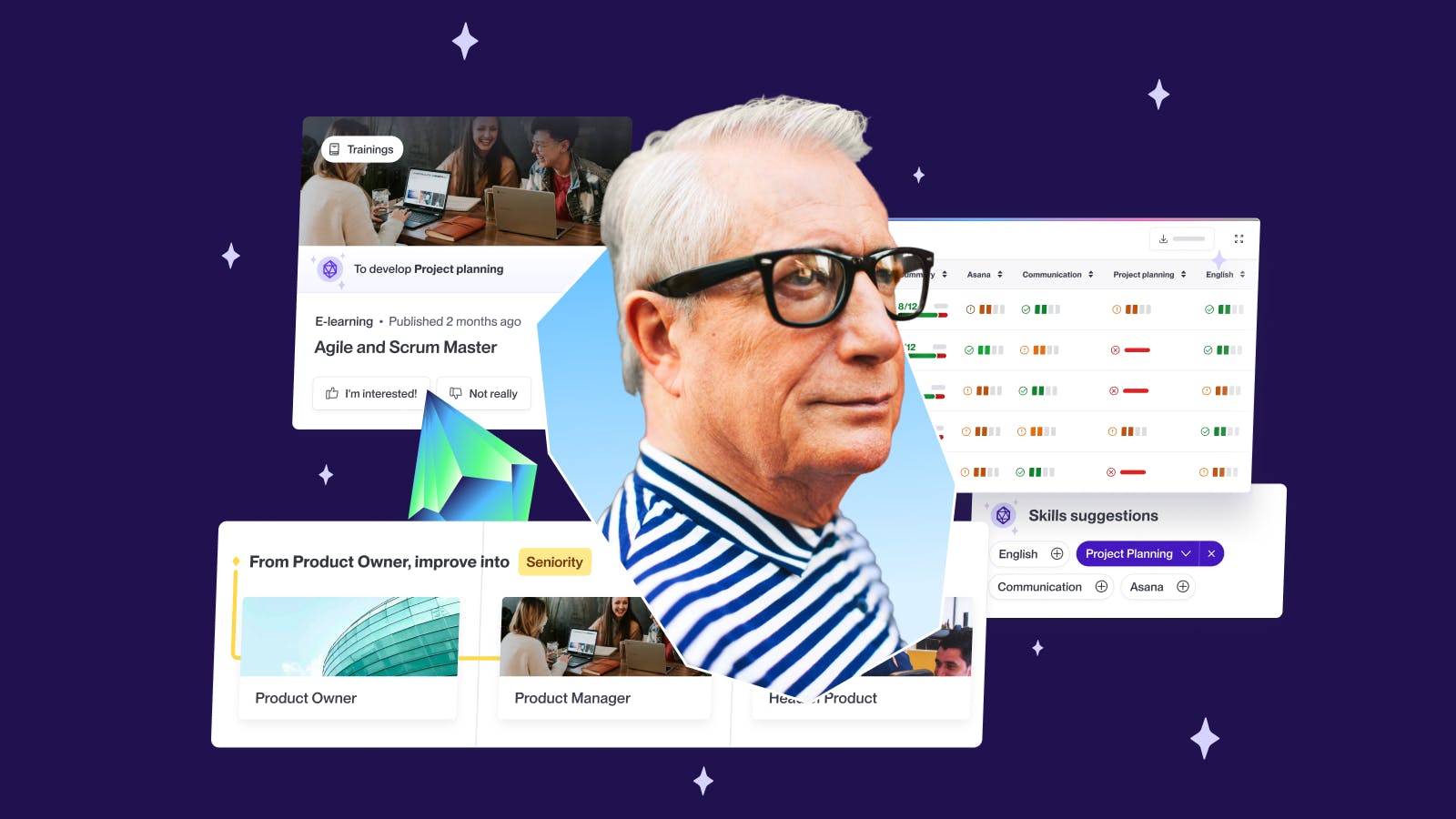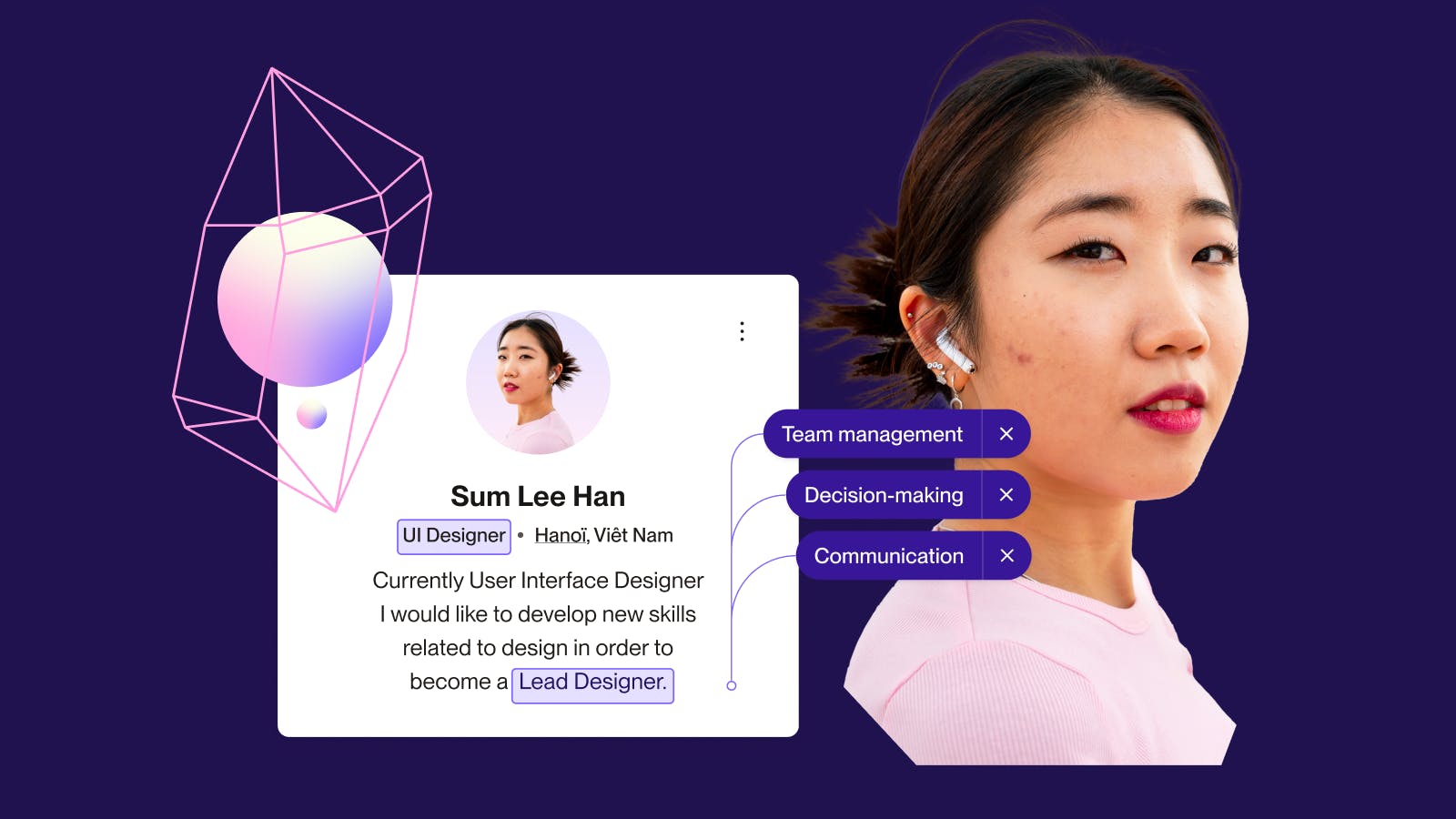Skills & Job Architecture: What are they and why do HR and organizations need them?

If you ever wondered how organizations are becoming more agile, future-ready and competitive, you’re in the right place. The short answer? Skills and job architecture.
Today, organizations and HR leaders face constant pressure to adapt to changes in technology, workforce expectations, and evolving business models. The traditional job-centric approach is no longer enough to ensure success. Forward-thinking organizations have recognized this and are shifting their focus to skills and building robust job architectures. Have you?
Let’s dive into skills and job architecture,—what they are, and why they’re critical for HR and organizational success.
What is a Skills and Job Architecture?
At its core, a skills architecture is a structured framework that defines the skills employees need across various roles and levels within an organization. Meanwhile, a job architecture refers to the systematic organization of roles, job families, and career paths within the company. Together, they create a holistic approach to talent management, aligning business goals with workforce capabilities.
Instead of focusing on static job descriptions, skills-based organizations prioritize skills, competencies, and growth opportunities. This shift is not just a trend—it's a strategic move to foster agility, encourage upskilling, and ensure that talent is aligned with future business needs.
4 key components of a Skills and Job Architecture
A skills and job architecture provide a foundation for modern workforce management by focusing on skills rather than traditional job roles. These architectures are structured around several key components that ensure alignment with business needs and the effective development of talent. Let's explore why skills taxonomy, job families, career pathways, and skills frameworks are vital to building and sustaining a skills-first organization.

Skills taxonomy: A detailed classification of all the skills required within the organization.
A skills taxonomy is essentially a comprehensive, organized catalog of all the skills that are key for the success of an organization. This taxonomy breaks down both technical and soft skills across departments and job roles, enabling a clear understanding of the capabilities employees need to possess or develop.
Why is it critical:
- Clarity for Workforce Planning: Having a clear taxonomy helps HR and business leaders identify skill gaps across the organization and forecast future needs based on changing business goals.
- Informs Learning and Development: It helps in designing targeted learning programs by specifying the skills that require upskilling or reskilling.
- Supports Talent Acquisition: Recruiters can use the skills taxonomy to define precise hiring criteria, focusing on competencies that align with business objectives, ensuring better candidate-job matches.
Without a defined skills taxonomy, organizations risk misaligning their workforce capabilities with their strategic goals.
Job families: Groupings of jobs with similar functions and skill requirements.
Job families are clusters of roles within an organization that require similar skill sets or functions. By categorizing jobs based on shared skills rather than titles, companies can create more fluidity and flexibility in how they manage talent.
Why is it critical:
- Enhanced talent mobility: Grouping jobs into families allows for easier internal mobility. Employees can transition between roles within the same family by building on similar skills, increasing organizational agility.
- Simplifies workforce structuring: For HR leaders, job families streamline workforce planning by reducing the complexity of managing hundreds or thousands of individual job descriptions. It creates consistency in role expectations, compensation structures, and career growth opportunities.
- Career development: Employees gain clear visibility into career progression options within their job family, helping them to navigate their professional growth with a focus on skill development.
Job families help break down silos by emphasizing shared skills, enabling smoother transitions and cross-functional collaboration.
Career paths: Clear, flexible routes for employee development, aligned with skills progression.
Career paths are structured routes that guide employees through different roles and responsibilities, highlighting the skills and competencies required for advancement. In a skills-first architecture, career pathways are less rigid than traditional hierarchies, offering multiple routes to growth based on skill development.
Why is it critical:
- Employee engagement and retention: Career pathways show employees how they can progress within the organization, enhancing motivation and reducing turnover by providing clarity around opportunities for advancement.
- Alignment with business goals: By linking career growth to skills progression, organizations ensure that employees develop capabilities aligned with current and future business needs.
- Tailored Learning and Development: Career paths allow HR leaders to create individualized development plans that are flexible and personalized, helping employees focus on the skills they need to progress.
Flexible career paths ensure employees remain engaged and motivated, while also future-proofing the workforce by aligning skill development with strategic business goals.
Skills Frameworks: Standardized measures to assess and develop employee skills.
A skills framework is a structured system used to assess, measure, and develop skills across the workforce. It typically includes defined competency levels (e.g., beginner, intermediate, advanced) and provides criteria for evaluating employee proficiency in specific skills.
Why is it critical:
- Consistency in skill evaluation: Standardized frameworks allow for objective measurement of employee skills, making performance evaluations more transparent and fair.
- Guided development: Skills frameworks provide employees with a clear understanding of the expectations for each skill at different levels of proficiency. This enables HR to create targeted development plans based on where employees currently stand and where they need to improve.
- Informs Workforce Planning: With a clear framework, HR leaders can more accurately assess the organization's current skill levels and identify areas that require investment, whether through learning programs or recruitment.
- Data-driven decision-making: Skills frameworks offer data insights that help organizations predict future skill gaps, allocate training resources, and build talent pipelines.
By standardizing skill assessment, skills frameworks foster clarity and consistency, ensuring employees and managers stay aligned on development priorities. Read this article to learn more about a dynamic, automatically updated skills framework.
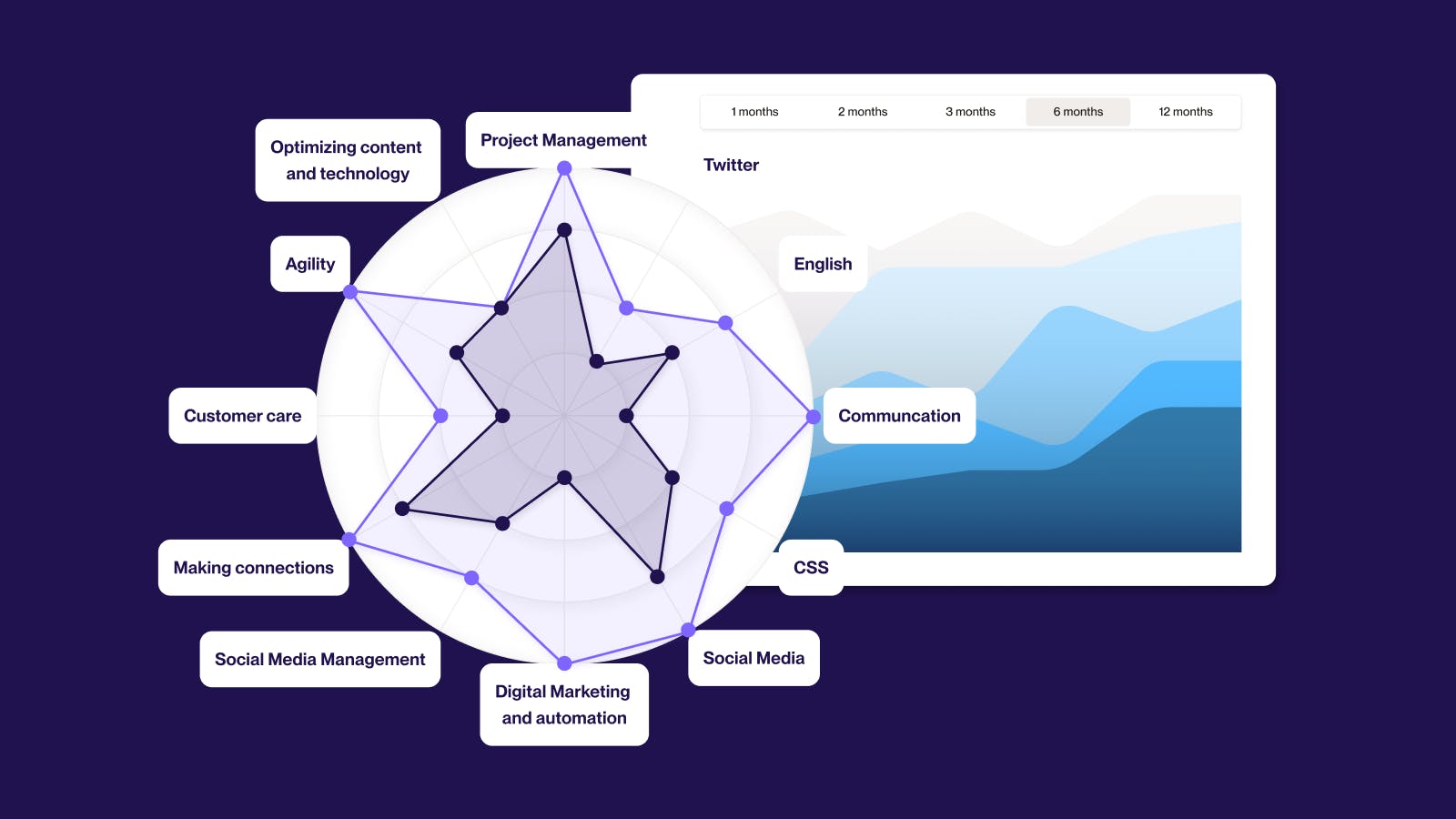
Why a Skills and Job architecture is important?
1. Future-proofing workforce capabilities
One of the greatest challenges for HR professionals is preparing the workforce for the future. With AI, automation, and digital transformation reshaping industries, companies must identify skill gaps and quickly adapt. A skills and job architecture provide the blueprint for upskilling and reskilling employees to meet the changing demands of the market.
For example, a company undergoing digital transformation can use a skills architecture to pinpoint which employees need technical training and which roles require emerging skills, such as data analytics or machine learning. By doing so, organizations can future-proof their talent and maintain a competitive edge.
2. Improving employee engagement and retention
Employee engagement is closely tied to career development opportunities. Skills-based organizations create clear career paths, ensuring that employees understand the growth opportunities available to them. This transparency and focus on skill development fosters an increased engagement, reducing turnover and improving retention.
By providing employees with a clear roadmap of the skills they need to develop for promotion or role transitions, HR teams can offer personalized development plans, driving greater motivation and job satisfaction.
3. Facilitating a Skills-First approach to talent acquisition
Traditional hiring practices are often rigid, and focus too much on specific job titles and degrees. However, many forward-thinking organizations are shifting to a skills-first approach in talent acquisition. By leveraging a well-structured skills architecture, HR leaders can focus on hiring individuals based on the skills they bring to the table, not just their previous job titles.
This approach not only widens the talent pool but also creates inclusive hiring practices, as candidates from non-traditional backgrounds may possess the required skills without the formal education or job titles typically sought in hiring processes. This leads to more diverse talent, improved innovation, and a better alignment of capabilities with business needs.
4. Aligning talent with business objectives
A significant benefit of implementing a skills and job architecture is the ability to align talent with business goals. HR leaders can leverage skills architectures to ensure the workforce has the skills needed to drive organizational strategy. Whether it’s expanding into new markets, embracing digital transformation, or launching a new product line, skills architectures help identify and develop the necessary skills to support these initiatives.
This alignment enables HR to shift from a transactional role to a strategic partner, directly contributing to the business’s growth and long-term success.
5. Data-driven decision-making
Incorporating a skills and job architecture gives HR teams access to valuable skills data that can be leveraged to make informed decisions about workforce planning, talent management, and employee development. For instance, by tracking the skills employees currently have and forecasting future skill needs, HR can proactively plan for upskilling initiatives or make adjustments in hiring strategies.
Additionally, skills data allows HR leaders to assess which teams or departments are at risk of a skills gap and take timely action to close it, ensuring organizational agility.
How to implement a Skills and Job Architecture in your organization
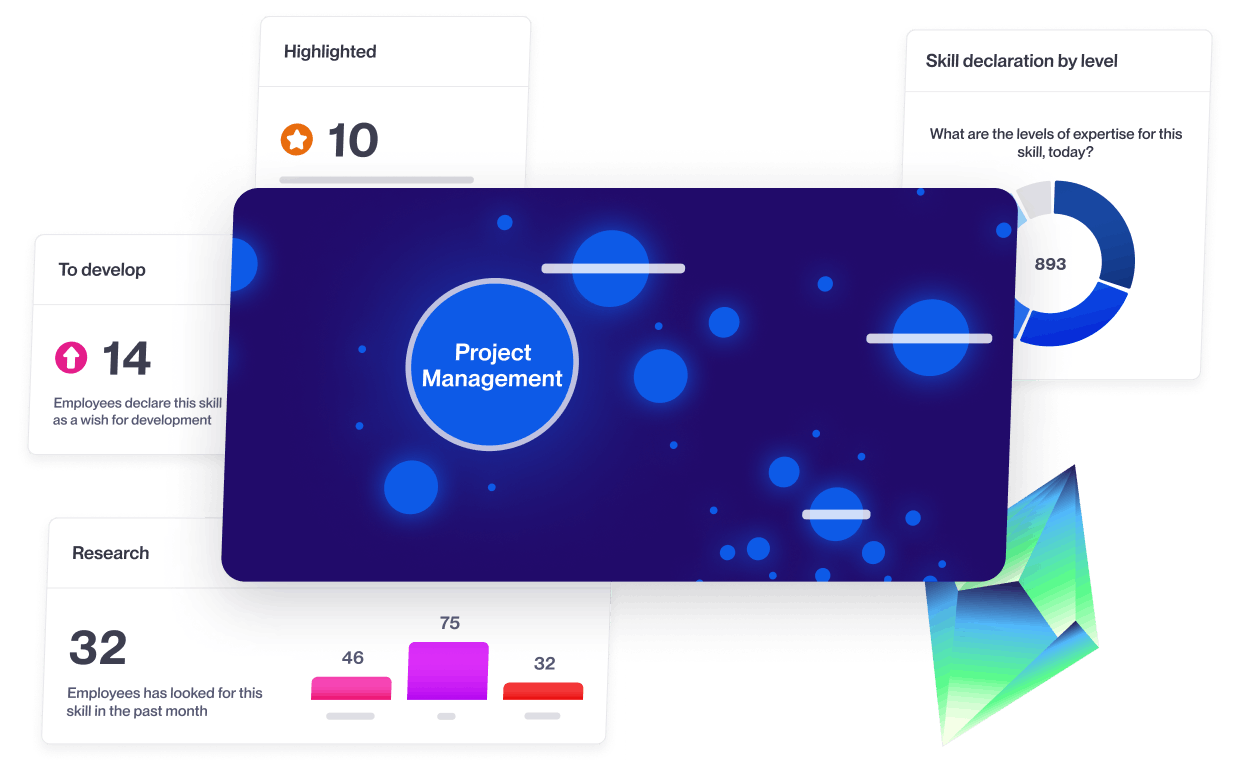
Implementing a skills and job architecture requires a thoughtful approach that integrates with broader talent management strategies. Here's how HR leaders can start:
1. Define organizational goals
Begin by aligning your skills and job architecture with your company’s long-term strategy. Identify critical business objectives and the skills required to achieve them.
2. Create a skills inventory
Develop a comprehensive list of the skills your workforce currently possesses and assess gaps. This helps in planning upskilling initiatives and recruiting strategies.
With an AI-powered skills framework like 365Talents, your skills inventory can be easily created with a seamless import from all your data sources.
3. Establish career pathways
Develop clear career paths tied to the skills needed for each role. This provides employees with a transparent roadmap for growth and aligns their development with business needs.
4. Use technology
Leverage HR technology and AI-driven platforms to manage your skills data and job architectures efficiently. These tools can automate the identification of skill gaps, track employee progress, and personalize learning suggestions.
5. Foster a learning culture
Encourage continuous learning and development by offering employees access to training, certifications, and other development opportunities that align with the organization’s skills architecture.
365Talents provides an AI-powered solution designed specifically for HR teams to easily create a tailored skills and job architecture that meet the unique needs of your organization.
By combining AI-driven technology with deep human expertise, we deliver a customized framework that serves as a solid foundation of a skills and job architecture to support your organization’s growth, seamlessly integrating with your systems while boosting learning, performance, and mobility.
No data? No problem.
Wherever you are in your data journey, 365Talents provides the technology and expertise to help you build a unique skills and job architecture tailored to your organization.
We begin by centralizing your jobs' data, even if it's fragmented or incomplete, and our AI-powered platform then organizes and structures this information. It creates the first version of your job architecture and ensures key skills and proficiency levels are clearly defined.
At the same time, we build a comprehensive skills ontology that aligns with your organization’s roles. This includes a dynamic visualization of your skills and job data (Skills and Job Galaxies), highlighting relationships and gaps to uncover development opportunities across your workforce.








Book your demo here to learn more about our Skills & Job Architecture!
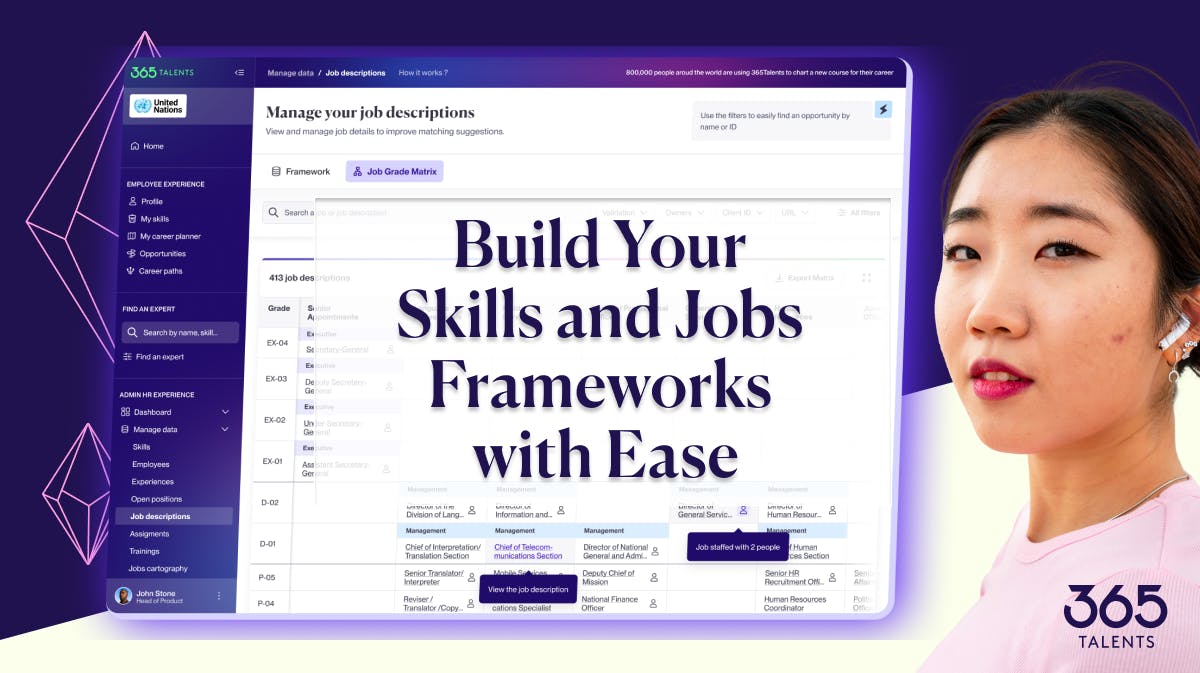
The future of Talent Management
As organizations continue to face rapid changes in the workforce and marketplace, a skills and job architecture is no longer optional—they are essential for driving agility, engagement, and alignment with business goals. HR professionals and leaders who embrace these frameworks can unlock new opportunities for upskilling, enhance talent acquisition, and ensure that their workforce is ready for the challenges of tomorrow.
By transitioning to a skills-first approach, organizations will not only thrive in today's competitive landscape but also build a sustainable future. Embracing skills and job architectures is a crucial step toward achieving that goal.
Discover more HR insights







